Sally Ride made history 40 years ago. Her legacy lives on through NASA's Artemis program.
- Oops!Something went wrong.Please try again later.
MELBOURNE, Fla. — Sally Ride shattered the glass ceiling on June 18, 1983, in dramatic fashion aboard NASA’s space shuttle Challenger to become the first American woman in space.
Now on the 40th anniversary of her first historic spaceflight and 11 years after her death from pancreatic cancer, NASA is preparing to launch the first mission to the moon with a woman onboard.
While going to space is what thrust Ride into the spotlight, it was her advocacy for improving the safety of human spaceflight and her effort to make high-quality scientific education available to more young people that cemented her legacy.
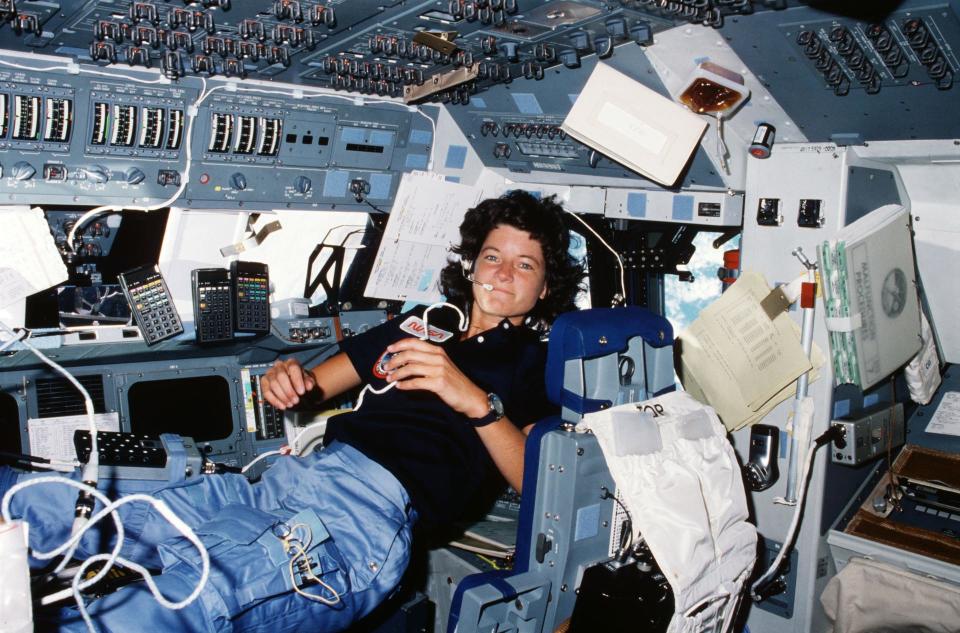
Becoming an astronaut
In 1977, before becoming an astronaut, Ride was a doctoral student studying physics at Stanford University in California. She thought she might end up as a physics professor after earning her Ph.D. in 1978.
"She followed her interest. She followed her heart. And when she got interested in something, she really dove in and gave it her all," said Tam O’Shaughnessy, Ride’s longtime business and life partner.
Pursuing a career as an astronaut never crossed her mind.
“Many people think that she was like a type A personality, mapped out her whole life, and that couldn't be further from the truth,” O’Shaughnessy said. “It was really serendipity.”
Until Ride was selected in 1978 alongside five other women, all of NASA’s astronaut candidates had been white men that were test pilots or scientists, often with military experience.
"She was eating breakfast one day in the student cafeteria, and she saw the Stanford Daily, the student newspaper, had an article about NASA recruiting women and women scientists for the very first time," O'Shaughnessy said. "She thought: I'm a woman. I'm a scientist. I want to go to space."
She was selected by NASA as part of the agency’s eighth astronaut class, the first to assign astronauts to fly aboard the space shuttle and the first to include female candidates. The six women accounted for just 17% of the 35 newly selected astronaut candidates.
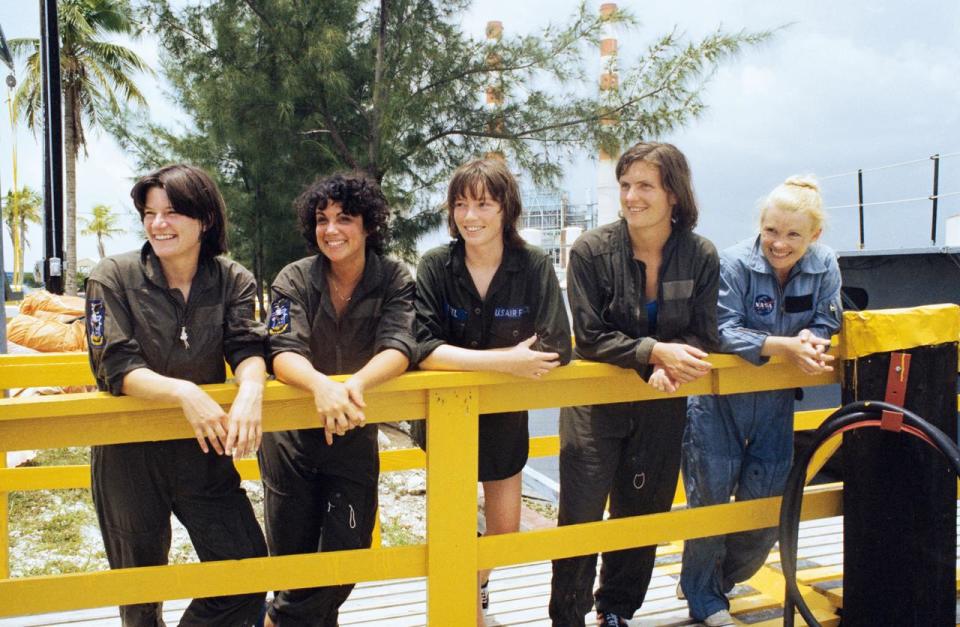
Future astronaut Eileen Collins was a pilot in the Air Force at the time with her sights set on space. She followed Ride’s selection and the attention she received from the media.
"She was breaking barriers and making it more possible for me," Collins said.
Another woman who found lifelong inspiration in Ride is National Test Pilot School Flight Test Engineer Kate Gunderson.
In elementary school, dressed in a snowmobiling suit with glued-on NASA and American flag patches fashioned into a makeshift astronaut jumpsuit, Gunderson stood in front of her classmates and proclaimed that she wanted to be an astronaut just like Sally Ride. Gunderson said Ride had "changed the world and I wanted to change the world in the way that she had."
"She's a huge role model for me. I could say, 'I look like her,'" Gunderson said. “It's important to have people who look like you succeeding. And for me, she was somebody like that.”
BIG MONEY MOVES: NASA awards multibillion-dollar lunar lander contract to Blue Origin for Artemis program
The challenges of being a Challenger astronaut
Five years after joining NASA, Ride boarded Challenger in 1983 to make history.
"She was forewarned, by NASA leadership, that because she was the one chosen out of the six first female astronauts to be the first American woman to fly in space, it was going to be hard, and she would be in the spotlight," O’Shaughnessy said. "NASA leadership thought that she could handle it. Sally thought she could handle it, but she didn't really understand."
Ride had been a relaxed and happy individual, O’Shaughnessy said, but being in the spotlight eventually took its toll. After her first spaceflight, "she started giving speeches around the country and describing what it was like to be in space and share her experiences, and she loved doing that," O’Shaughnessy said.
But Ride began to experience anxiety.
"It was really hard on Sally, and she started feeling unsettled," O’Shaughnessy said. "Those were feelings that were new to her."
Ride spoke with a psychologist and began cutting back on public appearances. She also quickly returned to training for her second spaceflight, which alleviated some of the pressure.
Soon after that second mission, NASA experienced the first great catastrophe of its space shuttle program when the Challenger exploded during ascent, killing the seven astronauts on board. The shuttle program was grounded for nearly three years.
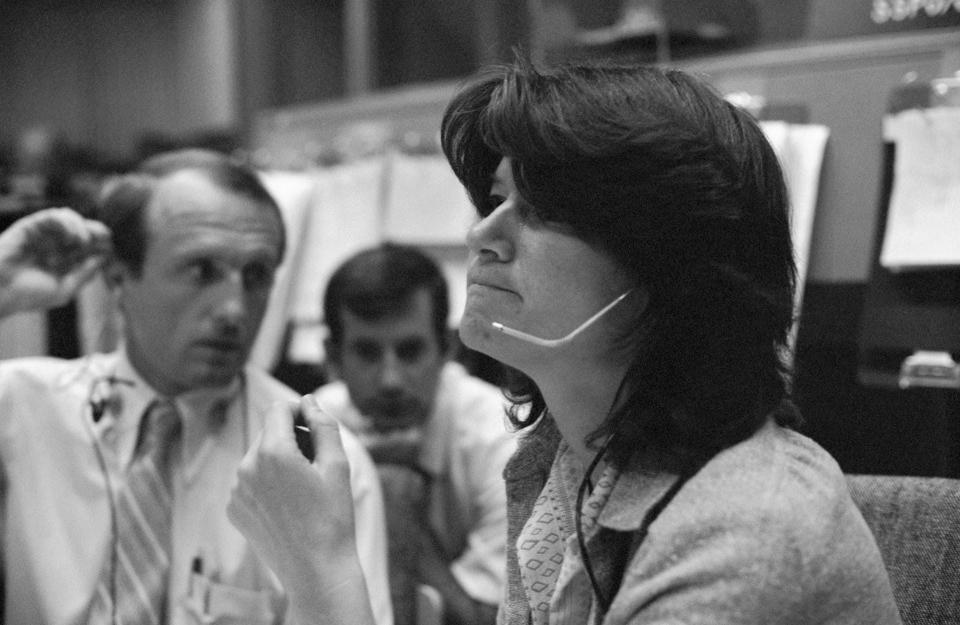
Ride served on the investigation board for the accident and then worked at NASA Headquarters in Washington, D.C., to author guidance for NASA leadership on the future of spaceflight before retiring from the agency in 1987.
"Sally realized she wouldn't fly again for years, and she just thought, I'm here to fly," O’Shaughnessy said. "And so she decided to retire and kind of move on with her life."
Following in Ride’s footsteps, Collins in 1995 became the first female pilot of NASA’s space shuttle program. Four years later, she also became the first woman to command a space shuttle mission.
Collins said Ride told her the media would ask gender-based questions that weren’t usually posed to male astronauts: "She gave me a couple of tips, like stay focused on the mission."
"When I flew my first mission, she called me," Collins recalled. "She talked to me about the stress that she went under with all the media attention."
Ride told Collins, "They're going to ask you about your hair, about going to the bathroom, and your clothes. What about makeup?"
"She didn't like those questions," Collins said. "She wanted to talk about what she was doing, whatever payloads they had, whatever experiments they were doing."
Ride’s lasting influence
Well beyond her career at NASA, many of Ride's recommendations impacted the agency’s safety culture and helped inform the development of the human spaceflight programs of today.
After NASA’s space shuttle tragedies in 1986 and the loss of Columbia in 2003, Ride became the only person to serve on both investigation boards. She also served as an advising member of the Review of U.S. Human Spaceflight committee in 2009.
"Sally told me and others that when she started at NASA, she already knew that she was only going to be there for some number of years, that she wanted to fly in space as many times as she could, but it wasn't forever," O’Shaughnessy said. "She thought of herself primarily as a physicist, and she loved the university life."
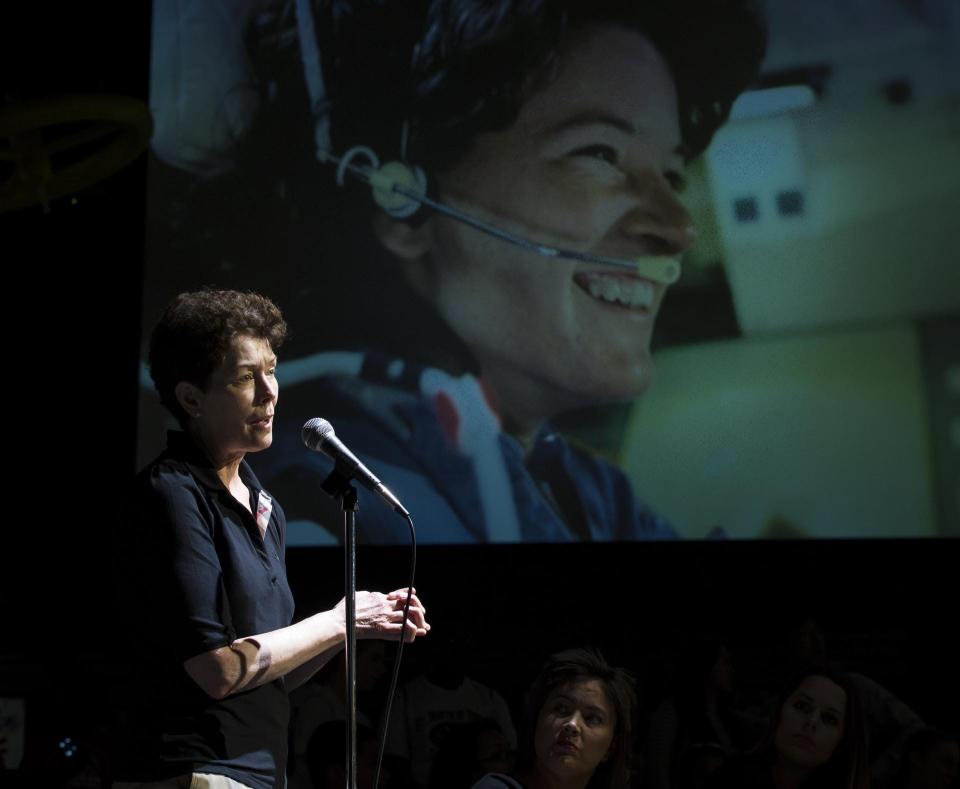
Once Ride left NASA, she became a professor of physics at the University of California, San Diego. In 2001, she developed the nonprofit Sally Ride Science with O’Shaughnessy and three other friends.
"Sally realized that she could use her celebrity platform to encourage young people to become scientifically literate. And to at least consider careers in science and technology and engineering," O’Shaughnessy said.
Through curriculum supplements and interactive programs, the nonprofit, now run by the University of California, San Diego, helps to fill in the gaps in science education and encourages young people, especially girls, to pursue science.
"I believe that Sally Ride Science, just like Sally did, has sort of helped change some people's perspectives of girls in science (and) women in science," O’Shaughnessy said. "I think our programs have made a difference for the girls and boys who engage in them."
ALL-PRIVATE CREW LAUNCH: SpaceX launches veteran NASA astronaut, Saudi astronauts to International Space Station
Sending women to the Moon with NASA's Artemis program
In the time since Ride’s historic first spaceflight, over 600 people have flown in space. Only 72 have been women, according to NASA.
Even though substantial progress has been made with gender equality in spaceflight, there is still work to be done, and many more firsts are still left to be accomplished. Today, NASA’s astronaut corps comprises 41 individuals, 16 of which are women – that's 39%.
"Equal means equal. That means 50/50," O'Shaughnessy said. "So, we’re not there, period."
But under NASA’s Artemis program, a woman has been selected for a mission to the moon for the first time. Astronaut Christina Koch will fly on Artemis II, an around-the-moon mission scheduled to launch no earlier than late 2024 or early 2025.
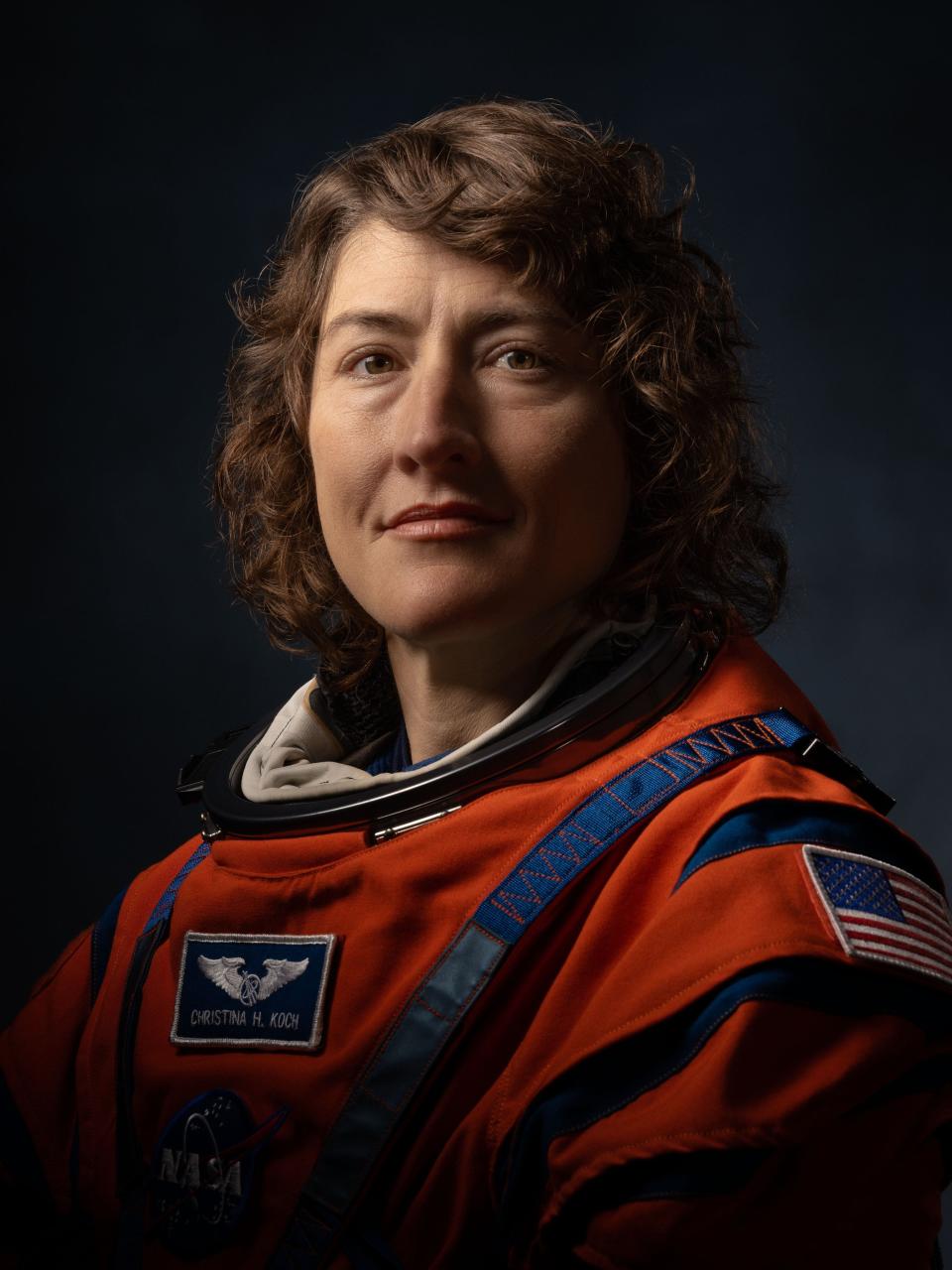
NASA has said Artemis III, the program's first mission to land humans on the moon, will also include a female astronaut who has yet to be named. NASA expects to launch that mission in the latter part of the decade.
O'Shaughnessy believes that Ride would approve.
“I think she would love it. I think she'd be very interested and excited about sending human beings back to the moon and, in particular, women,” O'Shaughnessy said. “It's another step in equalizing that women can do anything and do it very, very well.”
Artemis is NASA’s serious push to return humanity to the moon to establish a sustained presence there and eventually push even further onward to Mars. Koch will serve as a mission specialist and be joined by three men who will fill the roles of commander, pilot, and another mission specialist for Artemis II.
The agency selected the name Artemis, the twin sister of Apollo, to represent the deliberate effort of building on the Apollo program and landing the first woman and the first person of color on the lunar surface.
"When John Glenn went up in the space shuttle, (Ride) was like, 'Dang it. I want to do that.' And she was in her late 50s," O'Shaughnessy said. "If she was given the chance, she would sign up to be one of those astronauts flying to the moon, I swear."
Contact Jamie Groh at JGroh@floridatoday.com. Follow her on Twitter at @AlteredJamie.
This article originally appeared on USA TODAY NETWORK: Sally Ride legacy: Trail made as NASA prepares historic moon mission

